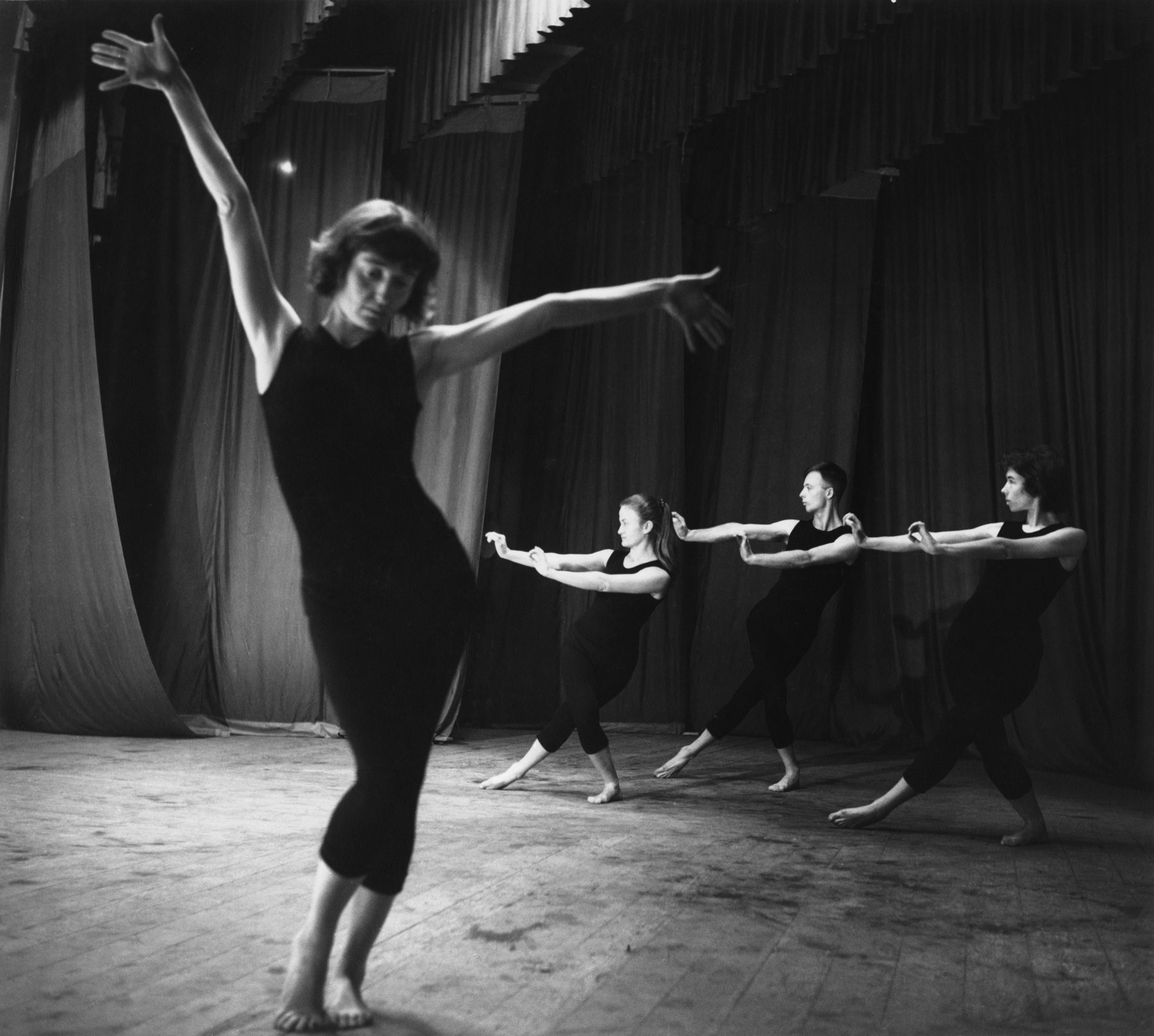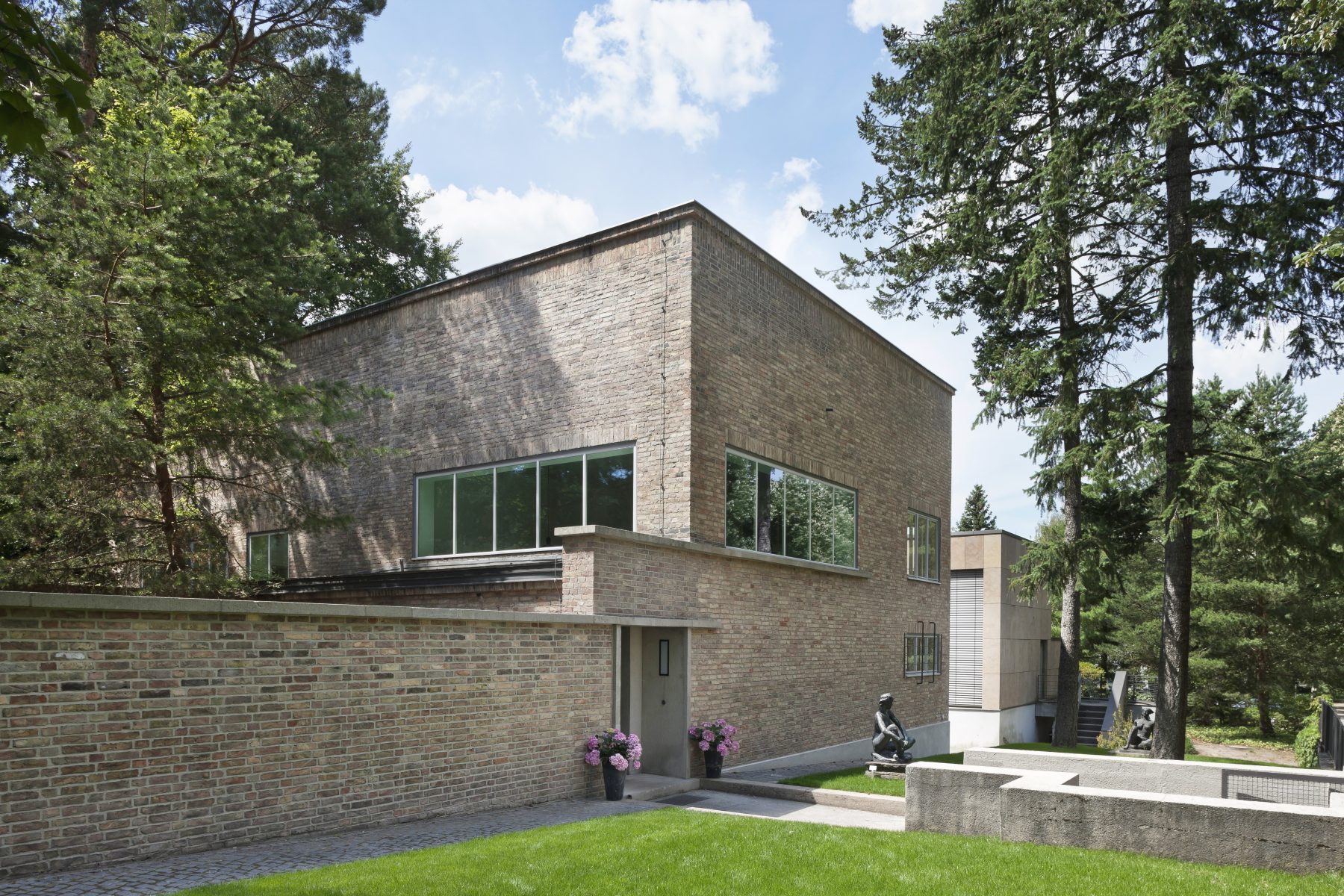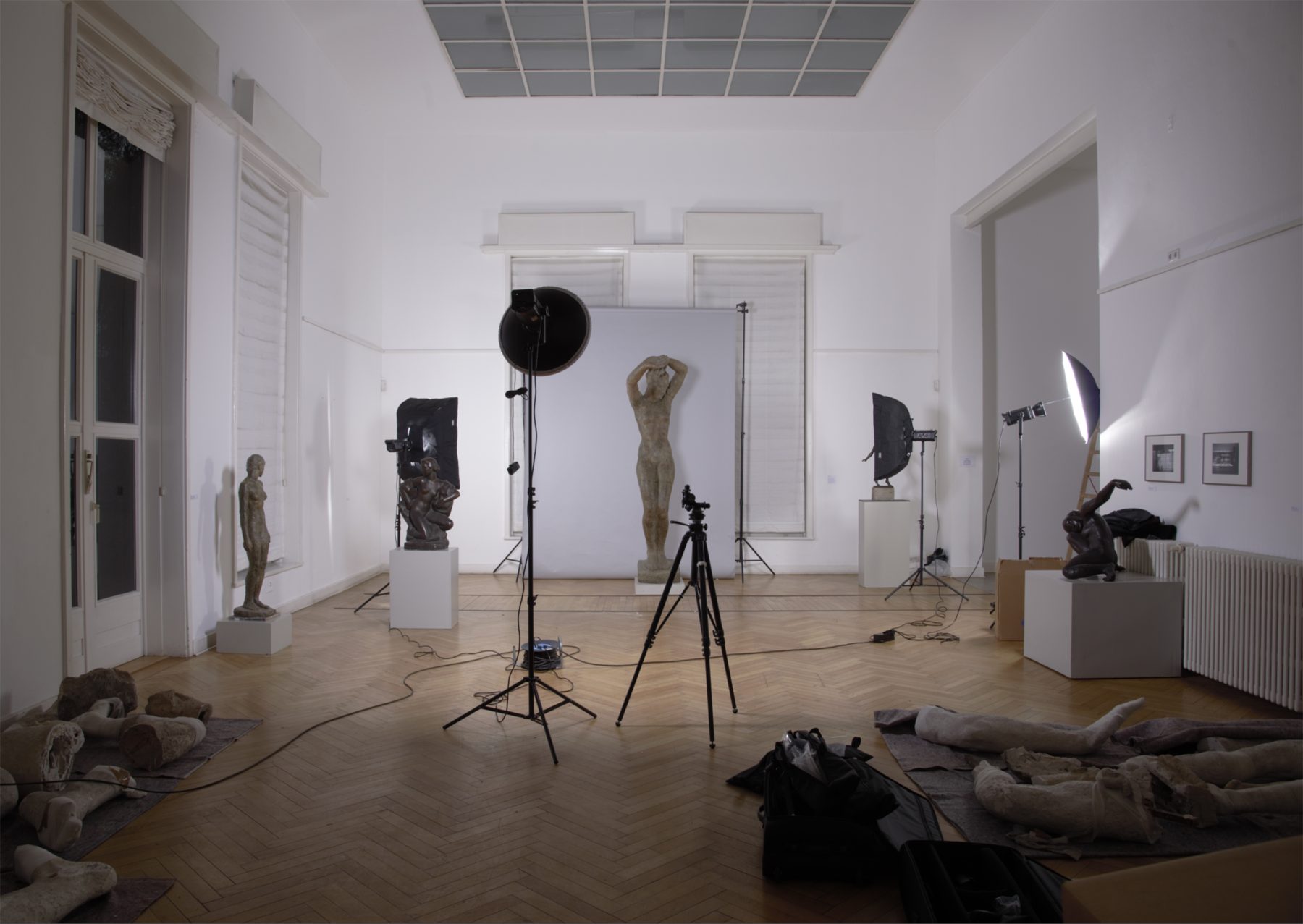Juni
Samstag
16:00 – 18:00
Künstlergespräch mit Omer Krieger
- Gespräch
Im Rahmen der Ausstellung Noa Eshkol. No Time to Dance zeigt der Künstler Omer Krieger seine Videoarbeit Amphi (2020). In einem Gespräch erzählt er über Konzept und Entstehen des Werkes und seine Auseinandersetzung mit dem Werk Noa Eshkols.


